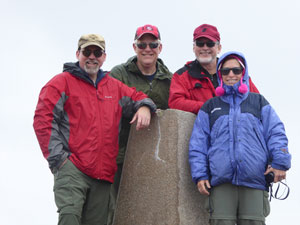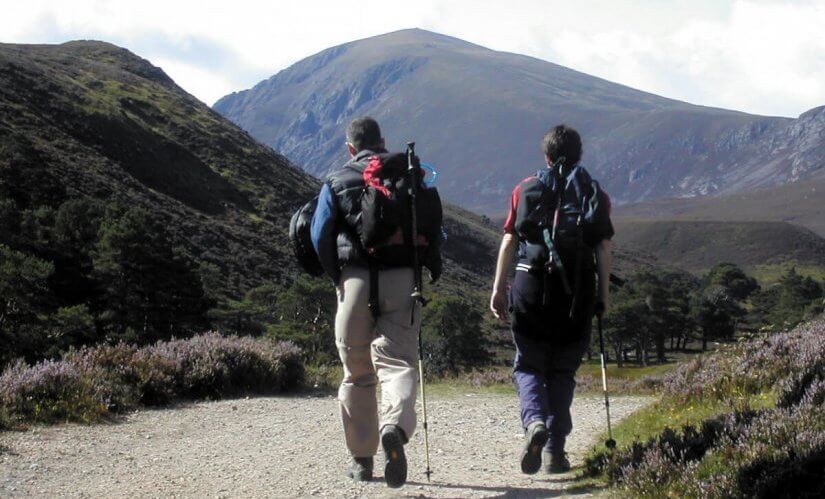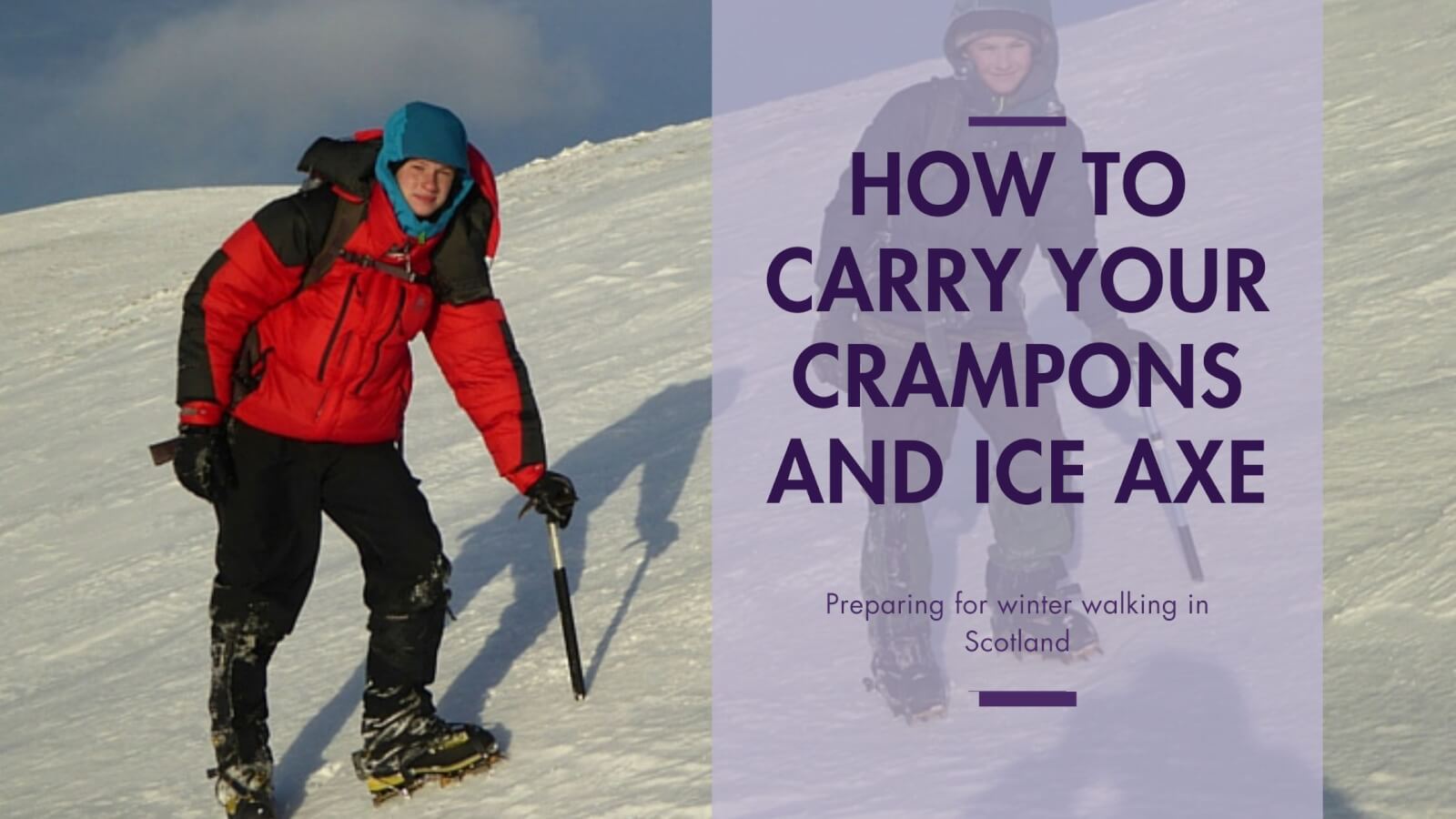Cold Hands? A complementary strategy
Having cold hands should not be potentially fatal, but can make a day out in the hills quite a feat of endurance. Unfortunately this can be a year round problem in the Scottish hills – and in some other places in the world where the summer temperatures in the hills are close to freezing. If you’re planning to hike in the hills in Scotland, always be prepared for colder temperatures even in the height of summer. Nothing can turn a walk into an unpleasant experience than being uncomfortable in any way.
It would be nice to say this affliction is only confined to the cooler months but anyone with any degree of Scottish mountain experience will know this is not the case. Even during the height of summer a cool air stream can send mountain top temperatures into single figures. In addition there may be wind-chill. In winter of course, without adequate protection, frostbite can be a very real risk.
So you have cold hands, so what do you do?
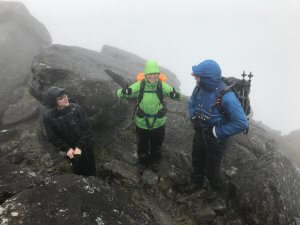
May on Skye – trying to bag the Munros in trying conditions when cold hands became an unexpected issue.
The solution
Well of course you add some insulation to the affected area: liners, gloves, mitts – whatever is appropriate for the conditions.
But there is an additional thing you can do. The body conserves the temperature of the core by restricting the blood flow to the extremities e.g. hands. Cold hands are often a reflection of a cooling core so add an additional warm layer to your torso.
When guiding I often suggest this in response to cold hands. Frequently the reply is “it’s just the hands feel cold”. Think about it – your torso won’t feel cold because your body has compensated by reducing the circulation to the extremities. Just because that area of the body doesn’t feel cold it doesn’t mean it hasn’t cooled, albeit a small amount. It is in fact the cooling of the core that has triggered the response of restricting the circulation to the extremities. By adding an additional layer on your torso you’ll make your hands far more resilient to getting cold again. With cold hands and feet don’t just treat the affected area.
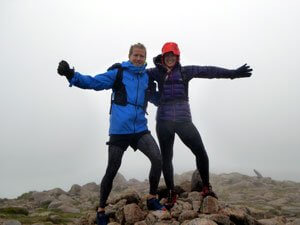
July on the high mountains in Scotland which only goes to show that cold conditions are not confined to the winter months here in the Highlands.
Two additional bits of kit to consider:
One of the common risk points in the mountain day is when you stop to take a break. With a brief stop it’s tempting to not put on an extra warm layer. This is especially the case when it’s wet and/or windy and you have to remove your waterproof layer to do so. Your body rapidly cools and reduces the blood flow to the hands. You start moving again and warming up and then the hot aches begin!
Overlay jackets:
It maybe worth considering purchasing an “Overlay/belay Jacket” e.g. Paramo’s Torres Alturo Jacket or the Rab Photon X Jacket. These are insulating jackets that perform in the wet which you just simply put over your wet shell jacket whilst stationary.
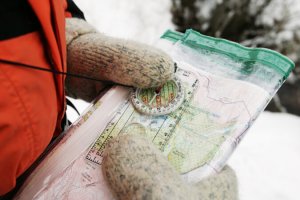
Dachstein mitts don’t necessarily mean that you won’t be able to use a compass or to navigate, as shown by our director Andy Bateman
Spare gloves/mittens:
It can be quite easy to loose a glove, especially in winter storms. With a unprotected hand the only option may well be to descend a.s.a.p. so it’s worth considering carrying an extra pair. Due to their in expense and their ability to perform in wet cold conditions I often carry a pair of what are generically known as “Dachstein Mitts” which are made of felted wool. They’re not high tech and may not look great but they do work – possibly no great surprise since wool has evolved on the back of a mountain animal over the last umpteen thousand years.
[amazon_link asins=’B002UXQC9I,B004DMYZVG,B073P7SJRS,B01M7UGG61′ template=’ProductCarousel’ store=’1603-8102-0783′ marketplace=’UK’ link_id=’c737f3dd-880b-11e7-86ae-6da03e12863e’]
[amazon_link asins=’B013HAO5FA’ template=’ProductCarousel’ store=’1603-8102-0783′ marketplace=’UK’ link_id=’3c2126e4-880c-11e7-8b82-fbf0304f1d05′]
[amazon_link asins=’B001JB08JW’ template=’ProductCarousel’ store=’1603-8102-0783′ marketplace=’UK’ link_id=’656fa4e0-880c-11e7-bbff-b97d3ffc65eb’]


